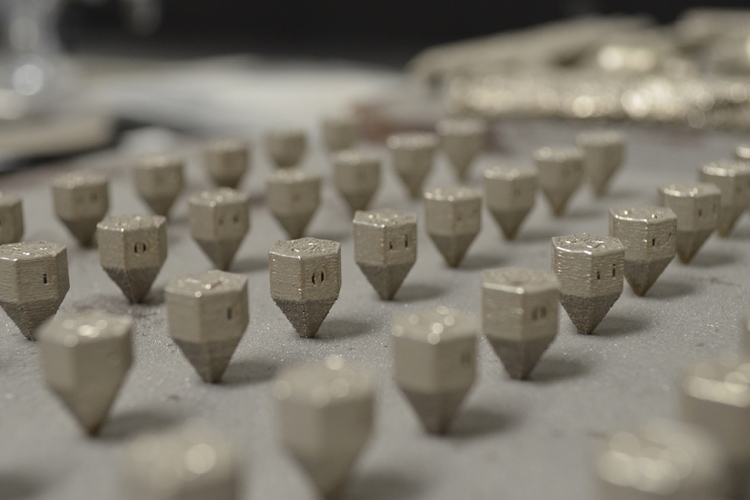Additive manufacturing is a rapidly advancing technology that promises process agility along with cost and schedule savings. The technique is well suited for forming complex shapes with near net volume for low production runs. Additively manufactured parts are already flying on some space systems. Implementation challenges include process-sensitive variability, knowledge gaps in defects and nondestructive testing, and a lack of published processes and characterization results.
Aerospace recently partnered with
Quality Strategies for Additive Manufacturing
Highlights included a meeting of the “Manufacturing Problem Prevention Program” under the theme Quality Strategies for Additive Manufacturing. Technical presentations discussed materials for space structures, with an emphasis on ensuring material quality. Contributors from government and industry described advances involving in-line monitoring and control with automated tools to predict product quality. Exhibitors showcased new developments in nondestructive and precision imaging techniques.
The Space System Additive Manufacturing workshop engaged the community to collaborate on comprehensive additive manufacturing guidelines.
Additive Manufacturing Guidance
This activity followed up on a 2017 effort that resulted in a detailed framework for a guidance document. The resulting document covers more than 200 technical topics in 19 chapters published as TOR-2018-02676.
Four working groups addressed recognized knowledge gaps in the areas of qualification, outsourcing, defect detection, and production lifecycles. Each group was tasked to identify challenges, solutions, and specific actions for industry, government, and researchers. Each group provided a summary of
Overall, the workshops underscored how far additive manufacturing has progressed, and how much remains to be done before it becomes a routine part of space system development. Significant engagement with experts from the space community will be critical to ensure that further adoption is not hindered by overly rigid requirements, knowledge gaps, or misunderstandings between partners in the space enterprise. Findings were published in ATR-2019-00163.
This story appears in the March 2019 issue of Getting It Right, Collaborating for Mission Success.
Subscribe to Getting It Right


